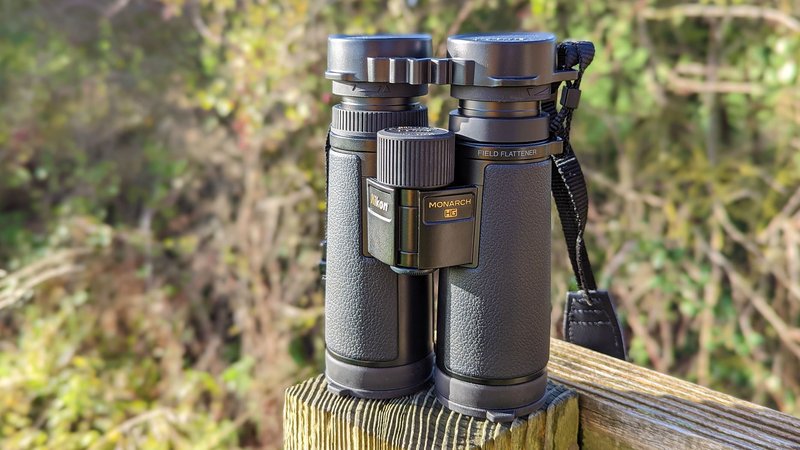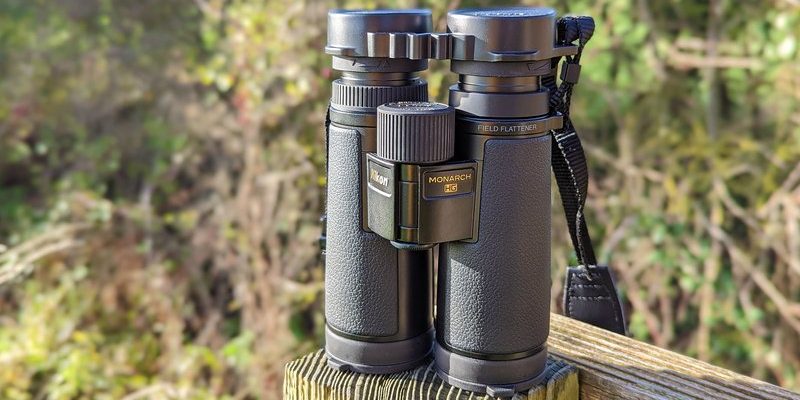
Choosing the right binoculars is crucial for observing these tiny creatures up close. Just like using a chef’s knife can elevate your cooking, having the right tools for nature observation can transform your experience. A pair of binoculars allows you to see the subtle details of inchworm movement—like the way they sway to mimic twigs or how they navigate their environment. In this guide, we’ll explore some of the best binoculars to enhance your inchworm-watching adventures.
What to Look for in Binoculars for Observing Inchworms
Before diving into specific models, let’s discuss what features you should consider when selecting binoculars for observing inchworms. After all, having the right tool makes all the difference.
Magnification and Objective Lens Size
The magnification power of binoculars indicates how much closer an object appears. For observing inchworms, a magnification of 8x to 10x is ideal. This range helps you spot inchworms without making them appear too shaky.
The **objective lens size**, measured in millimeters, affects light gathering and image brightness. A larger lens (like 42mm) allows more light in, providing clearer images in low-light conditions, such as early mornings or late afternoons—prime inchworm activity times.
Field of View
Have you ever tried to find something small in a large area? It can be frustrating! That’s where **field of view** comes into play. This term describes how wide an area you can see through the binoculars. A larger field of view is helpful when searching for inchworms among leaves and branches.
Look for binoculars that offer a wider field of view, ideally 300 feet or more at 1000 yards. This feature makes it easier to spot inchworms as they move, especially when they blend in with their surroundings.
Weight and Portability
If you’re planning to trek through the woods or your backyard, weight matters! Heavier binoculars can be cumbersome, especially if you’re holding them for extended periods. Lightweight models, ideally under 2 pounds, are easier to carry and set up wherever you want to observe.
Consider taking a backpack along for extra comfort and convenience, as you might find yourself wandering to different spots for the best inchworm views.
Top Binoculars for Inchworm Observation
Now, let’s get into some of the best binoculars suited for observing inchworms. Each of these options has its own unique strengths that cater to different needs.
1. Nikon Prostaff 3S 8×42
The Nikon Prostaff 3S stands out with its **8x magnification** and **42mm objective lens**, providing an excellent balance of brightness and clarity. Not only is it lightweight, but it also offers impressive waterproofing, meaning you don’t have to worry if an unexpected rain shower hits during your outdoor adventures.
Key Features:
- 8x magnification for clear inchworm details
- 42mm objective lens for bright images
- Lightweight and portable
With this model, you’re getting a reliable companion for inchworm observations and other wildlife watching.
2. Vortex Optics Diamondback 10×42
If you’re looking for something with a bit more power, the **Vortex Diamondback 10×42** might be the answer. This model provides superior image clarity and color accuracy. It’s also built with a rugged exterior, making it perfect for outdoor use.
Key Features:
- 10x magnification for detailed views
- Rugged structure to withstand tough conditions
- Comfortable grip for easy handling
This pair of binoculars is a fantastic choice if you want to focus on the details of inchworm movement without sacrificing quality.
3. Celestron Nature DX 8×42
For those on a budget, the **Celestron Nature DX** offers great value without compromising on quality. With an **8x magnification** and **42mm lens**, it’s perfect for beginner nature enthusiasts wanting to observe inchworms and other small creatures.
Key Features:
- Perfect for casual observers
- Lightweight and easy to carry
- Excellent optical performance
This model is a terrific entry point into the world of wildlife observation.
Setting Up Your Binoculars
Once you’ve chosen your binoculars, it’s time to set them up for observing inchworms. Here’s how to get started.
Adjusting the Focus
After you’ve spotted an inchworm, the first thing you’ll want to do is adjust the focus. Look through the right eyepiece and rotate the focus wheel until the inchworm comes into clear view. Take your time—this part is key for capturing the small details of its movement.
Tweaking the Eye Relief
If you wear glasses, make sure to consider **eye relief**—the distance you need to position your eye from the eyepiece to get a full view. Good binoculars offer adjustable eyecups to help you find that perfect fit.
Simply twist or push down the eyecups to accommodate your glasses, ensuring you don’t miss any inchworm action.
Practice Panning
Once you’re comfortable with adjustments, practice panning the binoculars smoothly from side to side. This technique helps you follow inchworms as they crawl, rather than jerking your view around, which can be disorienting.
Patience is key! It may take a little practice, but you’ll be a pro at inchworm observation in no time.
Common Problems and Troubleshooting
Even with the best binoculars, you might encounter some issues while observing inchworms. Let’s go over a few common problems and how to troubleshoot them.
Blurry Images
If you’re seeing blurry images, check the focus adjustment. It’s easy to overlook this, especially when you’re excited about spotting inchworms! If the blur persists, ensure your lenses are clean—dirt or smudges can obstruct your view.
Binoculars Not Aligning
Sometimes, the two eyepieces may not align properly, causing double vision. To fix this, look for an adjustment knob or feature on the binoculars to help calibrate the eyepieces.
If you’re not sure how to adjust it, consult the user manual for specific guidance.
Field of View Issues
If you’re having trouble spotting inchworms within your field of view, try adjusting your position or the height at which you’re holding the binoculars. Sometimes, simply changing angles can help you see those sneaky inchworms hiding in the foliage.
Observing inchworms can be an enchanting experience, especially when you have the right binoculars for the task. Whether you choose the Nikon Prostaff, Vortex Diamondback, or Celestron Nature DX, each option offers unique features that can enhance your nature-watching adventures.
Remember to focus on the details, adjust your settings, and practice your panning technique. Before long, you’ll be mesmerized by the intricate dance of inchworms as they navigate their tiny worlds. So grab your binoculars, head outside, and let the inchworm observation begin!

